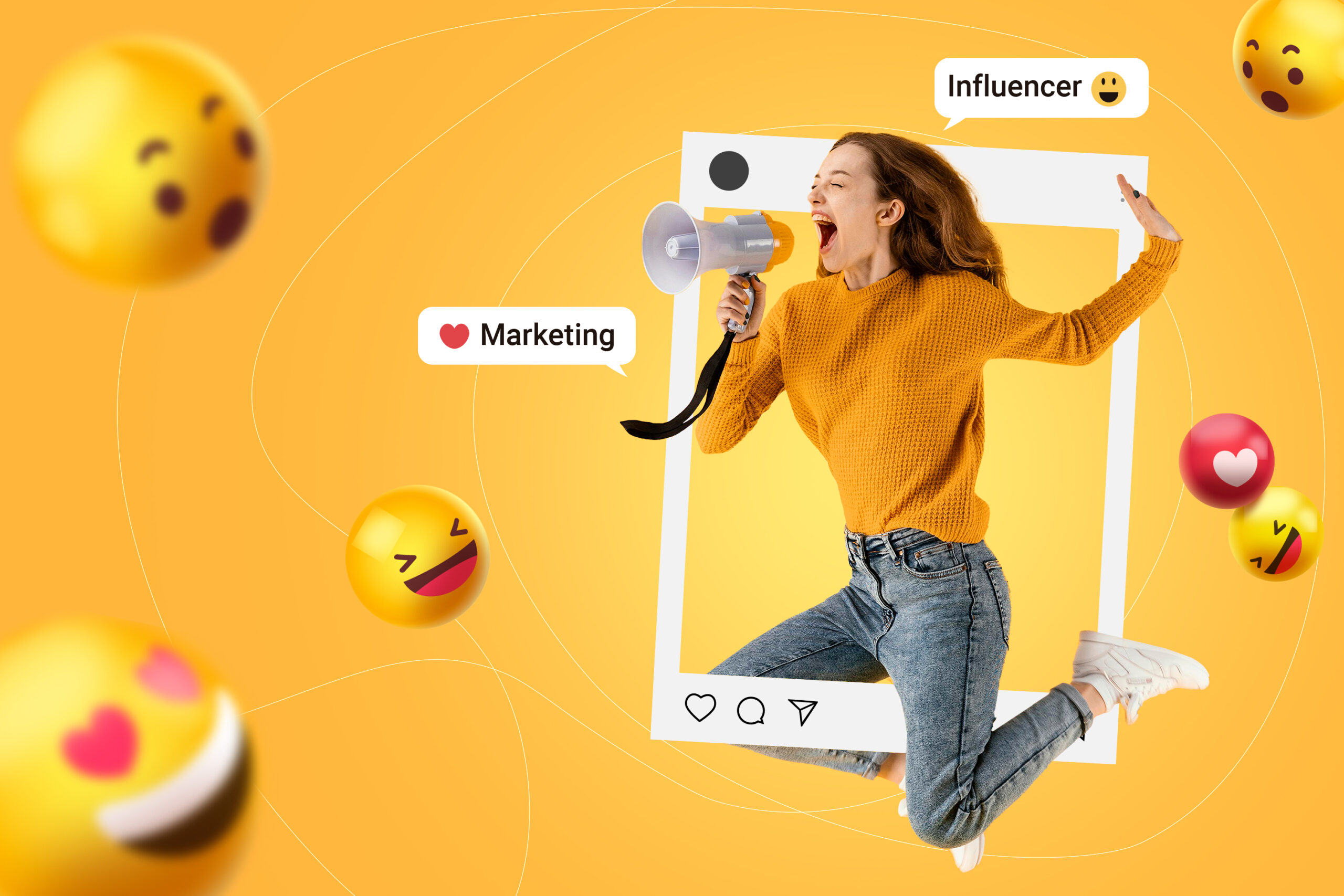The world in which people live is becoming more complex. Although humanity has seen previously unheard-of economic growth and significant advancements on a number of important development concerns in recent decades, these achievements have covered up significant flaws in the current development paradigm. These flaws are creating an increasing number of environmental and social costs and burdens that endanger people’s way of life and make the world a far less attractive place to do business.
The 2030 Agenda for Sustainable Development was ratified by every nation in the UN in 2015. The roadmap to a brighter and more sustainable future for everybody is found in the Sustainable Development Goals (SDGs). They tackle the issues that people face on a worldwide scale, such as those pertaining to justice, peace, poverty, inequality, and environmental degradation, as well as climate change. The 17 goals are interrelated, and achieving each by 2030 is crucial to ensuring that no one is left behind. Policymakers, researchers, businesses, civil society, and every single person are all targeted by the SDGs.
To deliver what is needed and expected from everyone to achieve the SDGs, effective communication is essential.
Effective communication is crucial in all spheres of life, including interpersonal and professional interactions. One form is storytelling, which is a highly effective strategy for communicating effectively. A compelling story has the power to enthrall listeners, arouse feelings, and deliver key points in an engaging way.
The world is currently entering and evolving under a period of digitalization in which most people rely heavily on cutting-edge computers and digital technologies for their everyday tasks. In order to improve the productivity and efficiency of a given system, these modern technologies have applications in socioeconomic, environmental, sustainable, and climate research. In light of this, digital stories have been introduced as a means of elucidating ideas, offering personal reflections on experiences, recounting historical events, and presenting arguments through the use of multimedia tools to bring narratives to life.
An interconnected network of untapped big data is made accessible by digitalization, which may have positive effects on the environment and society. In order to maintain a just, ecologically sustainable, and healthy society, the development of smart systems linked to the internet of things can present special opportunities to strategically address difficulties related to the United Nations SDGs. The prospects that digitalization can offer to create the sustainable society of the future are outlined in this perspective.
The SDGs can be accomplished through innovatively developing digital tools for electronic data generation, use, transmission, or sourcing for organizational activities. Digital sustainability could be used to describe these instruments that help achieve these particular goals. The goal of digital sustainability is to create and use smart technologies that ensure sustainable economic growth while taking the SDGs into account and incorporating them into digital stories.
In order to guide social needs and research toward justice and the sustainable development of our society, the United Nations established the Sustainable Development Goals (SDGs) in 2015. With the introduction of digital technologies, there is a glimmer of optimism that can direct and spur the transition toward accomplishing all 17 of the Sustainable Development Goals.
Digital storytelling and digital sustainability are important tools for global impact to help in accomplishing the SDGs, and ASSIST Asia is here to ensure that your message reaches far and wide.
Contact us now!
References:
World Business Council for Sustainable Development. (2021). What the SDGs mean for business?. SDG Essentials for Business. https://sdgessentials.org/what-the-sdgs-mean-for-business.html
Sengupta, S. (2022, January 15). Relevance of SDGs for Companies and Business. Seventeen Goals Magazin. https://www.17goalsmagazin.de/en/the-relevance-of-the-sustainable-development-goals-sdgs-for-companies/
Avtal, R. et al(2021, June 19). Digitalization to Achieve Sustainable Development Goals: Steps Towards a Smart Green Planet. Science of The Total Environment. https://www.sciencedirect.com/science/article/pii/S0048969721036111
5 Tips for Impactful Communication Through Storytelling. OneUpOneDown. (2023, December 4). https://oneuponedown.org/blog-post/5-tips-for-impactful-communication-through-storytelling/















